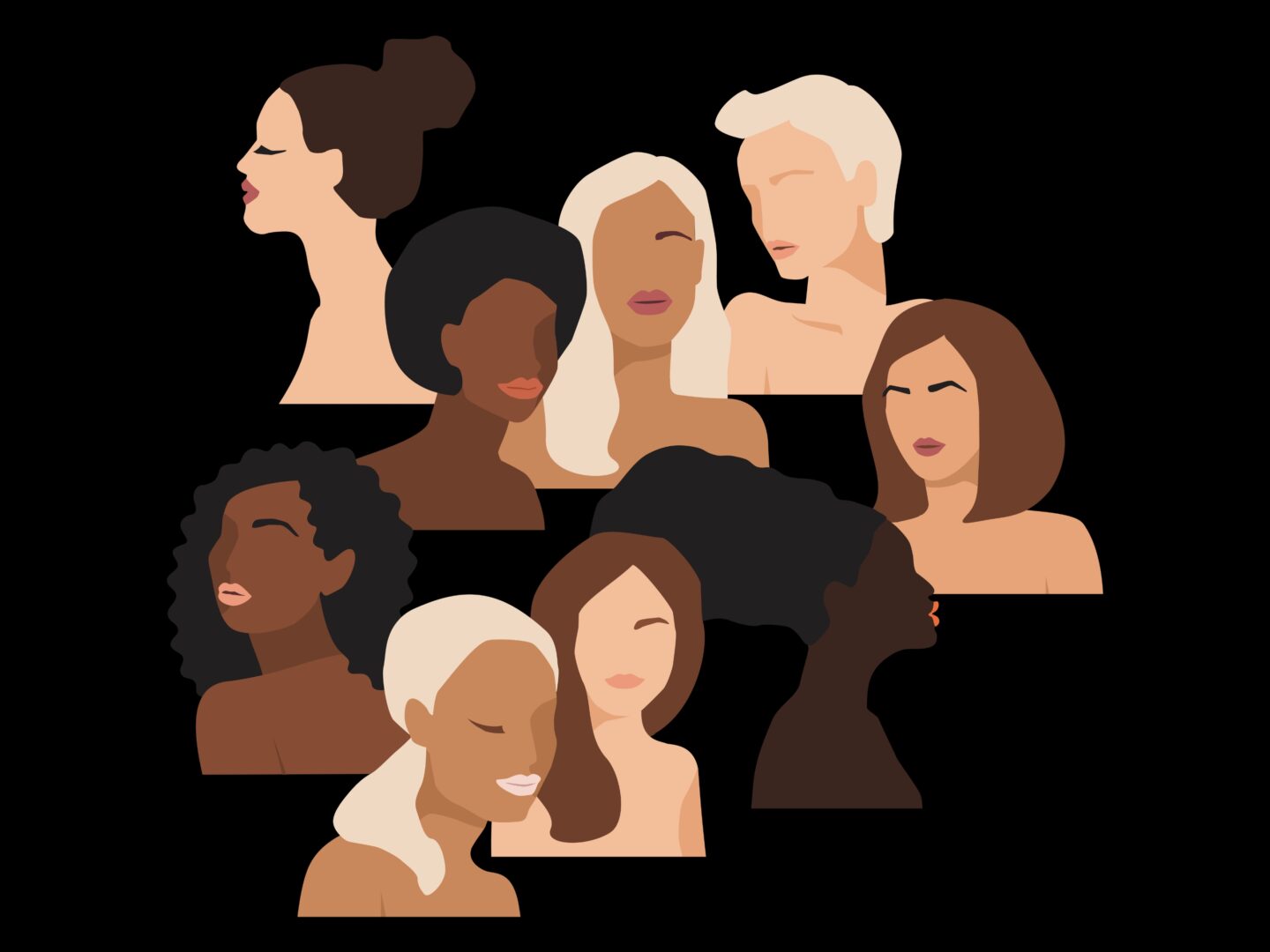Formal attire is out, but a polished look remains in vogue
The last – and arguably least important – category, appearance, is the one that has undergone the most change over the past decade. In 2012, leaders were expected to look polished, be physically attractive, have the “next job” style of dress, be tall, demonstrate youthfulness and vigor, and be slim.
Interestingly, having a “polished” look remains just as important as it was a decade ago, whereas physical attractiveness (formerly in the number two spot) has dropped off the list. While some women may balk at the need to look polished and well-groomed, you must consider that this trait signals to others that you are reliable. If you take care of your appearance, others believe you are attentive to detail, will take care of them, and get stuff done. This applies equally to men and women.
At the same time, a new weight has been given to authenticity and a “new normal” style of dress. The latter may reflect changing sartorial expectations from the pandemic when we all donned more casual attire when working from home. Moreover, it may indicate the growing dominance of Big Tech firms over the past decade. Among the most exalted executives today are CEOs like Google’s Sundar Pichai and Microsoft’s Satya Nadella, known for a more casual and comfortable attire. Many executives at more traditional ‘old world’ companies have ditched ties and replaced their smart shoes with white trainers.
Over the past decade, I have noticed a similar change in the dress code for women attending the leadership programs I teach. Formal attire is out, and there is a lot more individuality in how women dress, which is another way of demonstrating their authenticity.
An interesting addition to the appearance category is the curation of an online image. In our increasingly digital age, leaders are now expected to build their brand online as well as in person. This can be empowering for women, since they can use social media to shape their image and project their competence rather than relying on old-fashioned networks.








